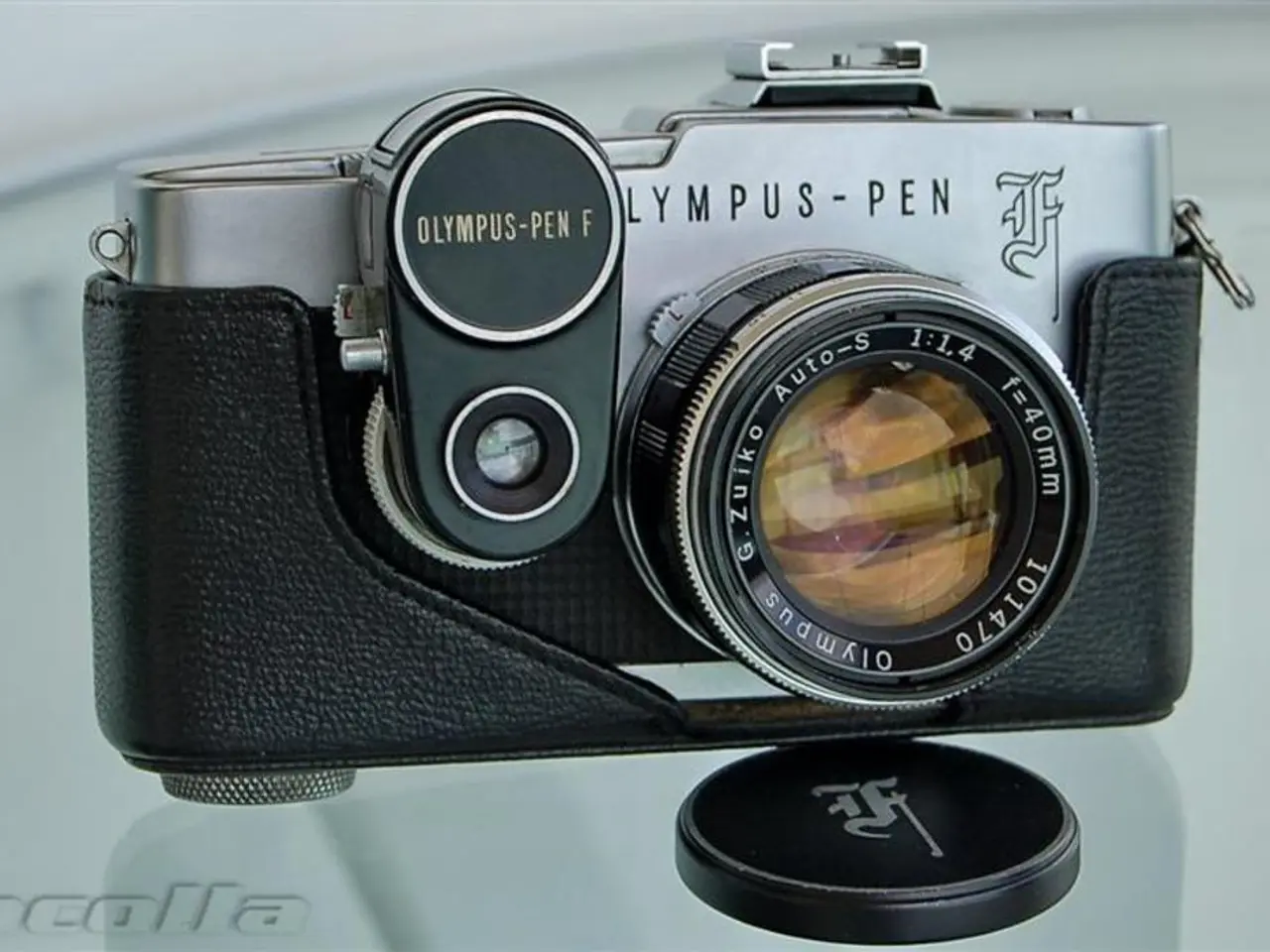Underwater Configuration for Canon EOS R5
When using the Canon EOS R5 underwater with a housing where the joystick is not fully functional, it is essential to assign essential settings and AF point selection to alternative controls available on the housing. This guide provides key considerations to ensure smooth operation despite joystick limitations.
The AQUATECH EDGE Pro housing for the EOS R5 offers various control options, including multi-controller left & right, quick control dials, AF-ON, AE lock, and customizable buttons. These controls help compensate for limited joystick access.
Key Considerations for Underwater Photography with the Canon EOS R5
- Use the housing’s multi-controller or quick control dials to move AF points and navigate menus instead of the built-in joystick.
- Set the camera to use flexible AF point modes that can be adjusted with dial controls rather than relying solely on joystick movement.
- Pre-configure custom buttons (C1, C2, etc.) on the EOS R5 before diving to access AF point selection, magnification, ISO, and other critical functions via alternative controls.
- Set AF mode and AF area modes beforehand if possible, minimizing the need to change them underwater due to limited joystick use.
- Use the “Q” menu button and quick control dials on the housing to fine-tune exposure and camera settings instead of joystick adjustments.
In summary, the best practice underwater involves configuring the camera prior to the dive and relying on housing controls such as the quick control dials and multi-controller buttons for functions normally assigned to the joystick, ensuring smooth operation despite joystick limitations.
Other settings specific to underwater exposure or white balance adjustments with joystick issues were not found; those typically depend on dive conditions and lenses. This approach aligns with recommendations from housing manufacturers of the Canon EOS R5 underwater system, such as AQUATECH's EDGE Pro housing, which explicitly point to alternative control methods to overcome joystick limitations.
Additional Tips for Using the Canon EOS R5 Underwater
- To set 4K video at 120 fps, the setting needs to be adjusted in the main menu, not the Q menu.
- The EOS R5 camera has a Q menu that includes frequently used settings, which can be accessed by selecting the "Q" button on the back panel.
- The Canon EOS R5 camera's autofocus settings can be customized for general underwater photography.
- In the AF1 panel, changing the subject detection to animals can help the camera find fish faces and eyes 20-40% of the time when using autofocus tracking.
- The AF3 panel on the Canon EOS R5 camera offers options for continuous autofocus and AF tracking, with Case 2 being recommended for underwater photography as it ignores particles in the water and continues to track the subject.
- Turn off the AF Assist Beam in the AF2 panel as it’s a waste of battery underwater.
- The shutter speed, aperture, and ISO can be easily adjusted on the Canon EOS R5 camera.
- To save your settings to a C1-C3 mode, go to the yellow "SET UP5" panel and select "Custom shooting mode (C1-C3)." Then select "register settings" and your preferred custom shooting mode to save the settings.
By following these tips, you can enjoy smooth and successful underwater photography with the Canon EOS R5, despite joystick limitations. Happy diving!
- Make sure to use the 'strobe' lighting to illuminate your subject effectively in bluewater environments.
- Equipping a 'macro' lens or accessories for close-up shots can allow for capturing intricate details underwater.
- Consider using a 'mirrorless' camera like the Canon EOS R5 for its advantages in underwater photography, such as faster continuous shooting and superior autofocus compared to DSLRs.
- 'TTL' exposure compensation can help achieve accurate flash exposure in underwater photography when used with compatible 'strobes.'
- 'Lightroom' software can be used for editing and adjusting the 'color' and lighting of your underwater photographs after the dive.
- Various 'gadgets' and accessories such as red filters and focus lights may improve your underwater photography results, depending on your specific needs and conditions.
- Keep in mind that the adoption of new technology and the latest 'technology' in underwater photography equipment can lead to significant improvements in the quality and versatility of your photos.




